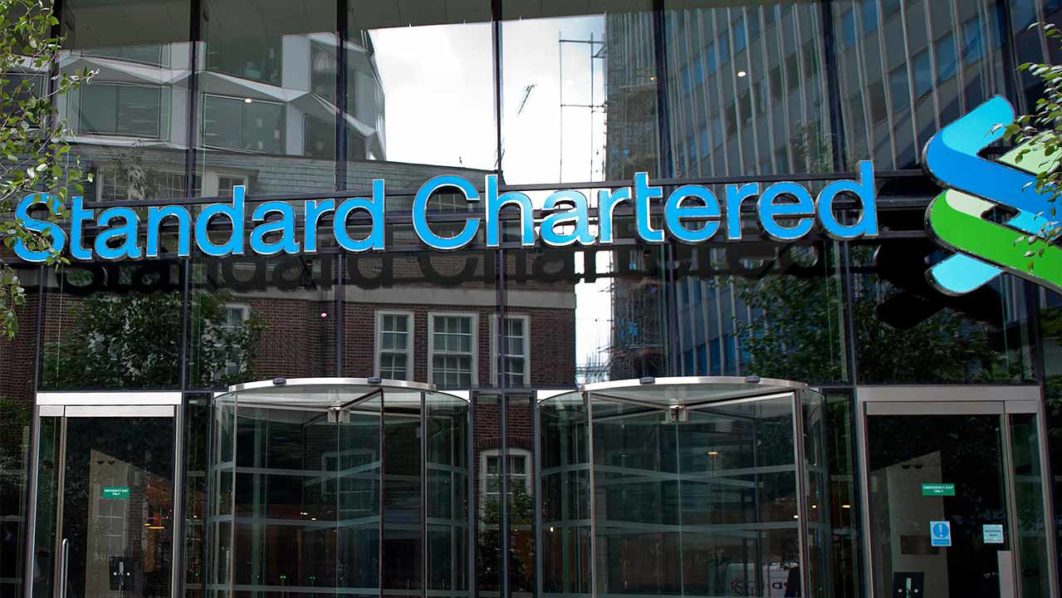Banks Lose N12.06bn to Fraud in Six Months, Says CBN
 The Central Bank of Nigeria (CBN) has revealed that commercial banks in the country lost a total of N12.06 billion to fraud and forgeries in the first six months of 2018.
The Central Bank of Nigeria (CBN) has revealed that commercial banks in the country lost a total of N12.06 billion to fraud and forgeries in the first six months of 2018.
This is just as the banking sector regulator revealed that as of June 2018, three commercial banks did not have the prescribed minimum liquidity ratio of 30 per cent.
The CBN disclosed this in its ‘Draft 2018 Half Year Economic Report’ that was posted on its website Thursday.
According to the report, there were 20,768 reported cases of fraud and forgery (attempted and successful), valued at N19.77 billion in the review period, compared with 16,762 cases, involving N5.52 billion and US$ 0.12 million in the corresponding period of 2017.
“The actual loss by banks to fraud and forgery, however, amounted to N12.06 billion, compared with the N0.78 billion and US$0.03 million, suffered in the first half of 2017.
“The reported fraud and forgery incidences were perpetrated by both bank staff and non-bank culprits. The cases involved armed robbery attacks, fraudulent ATM withdrawals, draft defalcation, illegal funds transfer, pilfering of cash, stealing, suppression and conversion of customers’ deposits,” it added.
According to the apex bank, the health of banks improved in the review period, following the sustained recovery in macroeconomic conditions, including declining inflation, stable exchange rate and gradual upswing in the real economy.
It showed that at the end of June 2018, the industry average capital adequacy ratio (CAR) was 12.08 per cent, compared with 10.23 per cent and 11.51 per cent at the end of December 2017 and at the end of June 2017, respectively.
“The development reflected the increase in banks’ total qualifying capital. The industry threshold, however, remained at 15 per cent for banks with international authorisation and 10 per cent for banks with either national or regional authorisation.
“Asset quality of the banking industry, measured by the ratio of nonperforming loans to total loans (NPL ratio) fell to 12.45 per cent at the end of June 2018, compared with 14.80 per cent and 15.02 per cent at end-December 2017 and end-June 2017, respectively.
“At this level, the ratio, remained above the regulatory threshold of five per cent. The decrease in the NPL ratio reflected the effect of the favourable macroeconomic conditions and stricter prudential regulation,” it explained.
To further consolidate on the improvement, the report disclosed that the CBN in the review period, directed banks to intensify efforts at debt recovery, realisation of collateral for lost facilities and strengthening their risk management processes.
Loan loss provision was 75.74 per cent at the end of June 2018, as against 80.4 per cent in the corresponding period of 2017.
The industry liquidity ratio increased to 46.09 per cent at the end of the first half of 2018, from 45.8 per cent at the end of June 2017, reflecting the rise in the stock of liquid assets held by banks.
“With the exception of three commercial banks, all others met the minimum regulatory liquidity ratios of: 30 per cent for commercial banks; 20 per cent for merchant banks; and 10 per cent for non-interest banks, at end-June 2018,” it revealed.
The apex bank received 1,439 complaints from consumers of financial services in the first half of 2018, compared with the 1,141 in the corresponding period of 2017.
The complaints were mainly in respect of excess charges, frauds, dishonoured guarantees and unauthorised deductions/ transfers, among others.
A total of 2,451 complaints, including those outstanding from 2017, were resolved in the review period, compared with 1,270 complaints resolved in the corresponding period of 2017.







